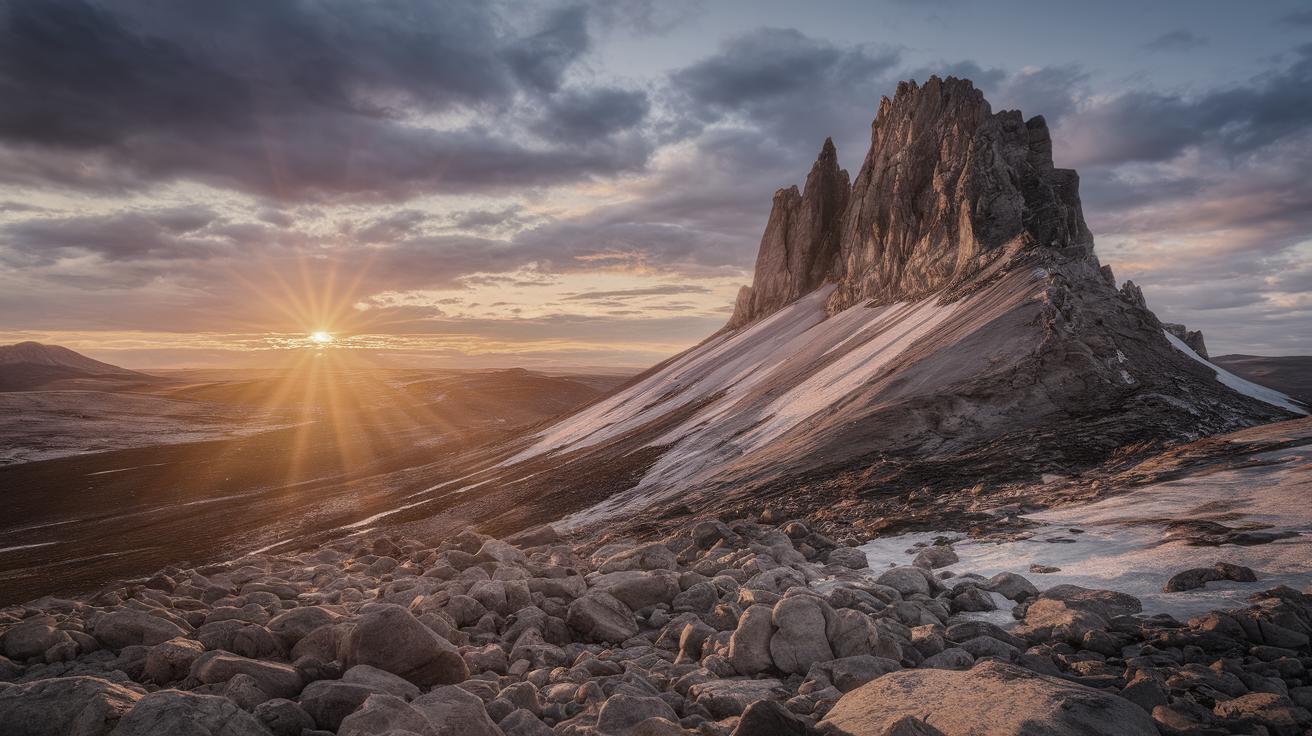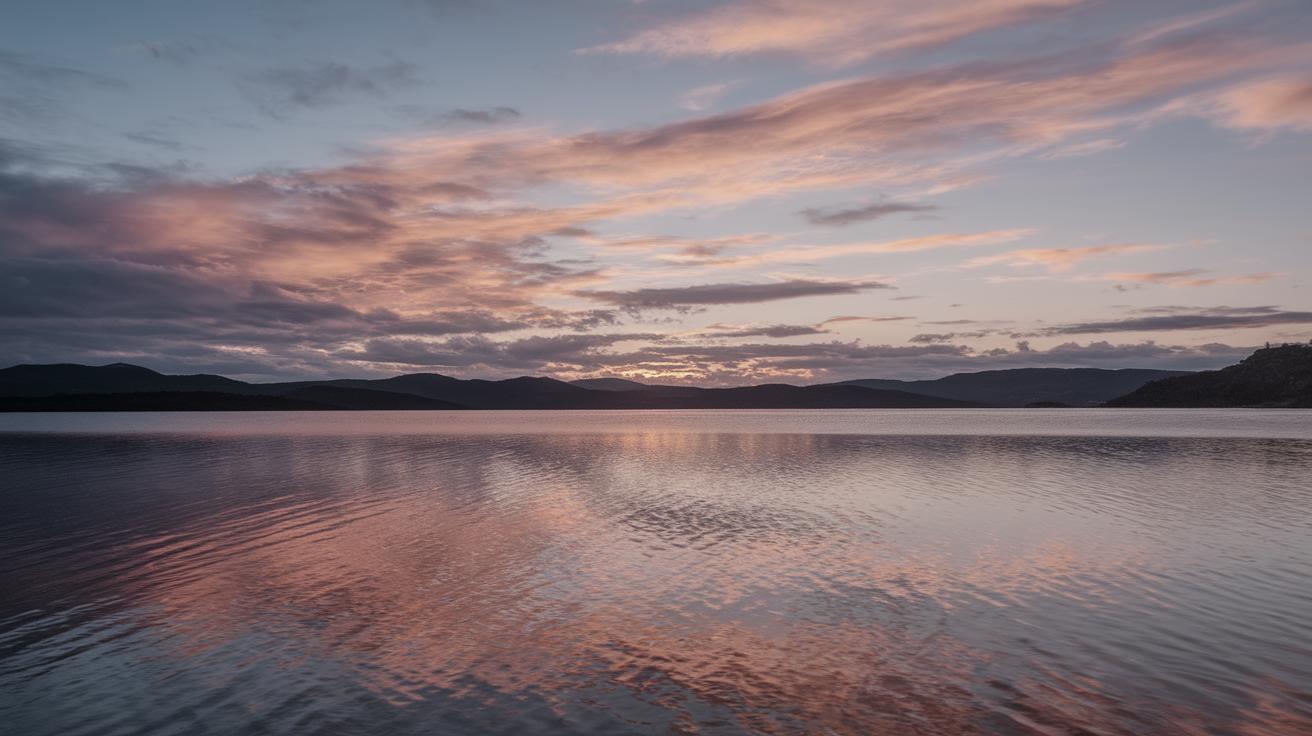The Importance of Lighting in Photography
Lighting is a fundamental aspect of photography that can transform an image from ordinary to extraordinary. It influences mood, depth, and texture, playing a critical role in how a photograph looks and feels. This article delves into various aspects of lighting, starting with understanding the best light for photography, followed by an exploration of different types of light. We’ll also discuss ways to effectively use and control light to enhance photographic outcomes. Finally, we’ll cover the role of white balance in achieving the desired color tones. By gaining insight into these elements, photographers can elevate their craft and produce captivating images that resonate with viewers.
The Best Light for Photography
The best lighting for photography largely depends on what a photographer is aiming to achieve. Natural light, often considered the most flattering and versatile, offers different qualities at various times of the day. The golden hour, which occurs shortly after sunrise and before sunset, provides a warm, soft light that is ideal for creating silhouettes and adding a magical quality to an image.
Conversely, midday light can be harsh and cause unwanted shadows, but it can also be effective for high contrast images or when photographing in the shade to soften the overall effect. Studio lighting can be meticulously controlled to craft the desired atmosphere, enabling photographers to replicate the same conditions at any time. Understanding the advantages of different lighting scenarios empowers photographers to choose the optimal settings for their specific needs.
Types of Light in Photography
There are several types of light that photographers commonly work with: natural light, artificial light, and available light. Natural light comes from the sun and is continuously changing throughout the day, offering endless opportunities and challenges. This light source is free and most accessible, making it a preferred option for outdoor and portrait photography.
Artificial light includes any light source that is man-made, such as bulbs, flashes, and LED panels. These are critical for indoor photography and provide an advantage of consistency that is not always possible with natural light. Available light refers to any pre-existing light in a scene, which may include streetlights or ambient indoor lighting. This type of light can create a spontaneous and authentic look but requires a keen eye to balance and enhance the available conditions.
Ways to Use Light in Photography
Photographers can leverage light to enhance the composition of their images. One effective technique is backlighting, where the light source is behind the subject. This can create stunning silhouettes or halos of light that add depth and intrigue to the photograph. Similarly, side lighting can emphasize textures and create dramatic contrasts that enrich the subject’s features.
Another technique is using diffusers and reflectors to manipulate light, softening harsh shadows or redirecting light onto the subject to achieve an even exposure. Furthermore, photographers can experiment with light trails and long exposure techniques in low light settings to add a dynamic element to their photos. Mastery of these techniques offers photographers greater creativity and adaptability in their work.
How to Control Light
Controlling light is an essential skill for professional photographers to obtain the precise effect they desire. One basic yet effective method to control natural light is through the position and angle of the subject in relation to the light source. This can significantly alter the mood and clarity of the photograph.
In a studio setting, photographers often use a combination of softboxes, umbrellas, and grid spots to direct and soften artificial lights. These tools allow for fine-tuning of lighting setups, playing with intensity and spread to suit the scene. Color gels can also be used to manipulate the color of the light, offering additional creative avenues for expression.
White Balance
White balance is a crucial setting in photography that adjusts the color temperature of the image, ensuring that whites appear truly white and all other colors are correctly rendered. Different light sources emit varying color temperatures; for instance, tungsten bulbs emit a warm light, while fluorescents tend to produce cooler tones.
A proper white balance setting prevents colors in an image from looking unrealistic and enables the photographer to maintain color consistency throughout their work. Most cameras offer presets like daylight, cloudy, and tungsten, but photographers can manually adjust white balance for more precise control. Understanding and mastering white balance is indispensable for producing professional-quality photographs.
Summary of Main Points
| Section | Main Points |
|---|---|
| The Best Light for Photography | Natural light is versatile; the golden hour provides soft light, while midday light is harsher. Studio lighting offers control and consistency. |
| Types of Light in Photography | Natural, artificial, and available light each offer unique characteristics for creative expression. |
| Ways to Use Light in Photography | Techniques like backlighting, side lighting, and use of reflectors alter a photo’s composition and mood. |
| How to Control Light | Positioning, studio tools, and color gels help photographers achieve the desired lighting effect. |
| White Balance | Adjusting color temperature ensures accurate color representation and consistency in photography. |


